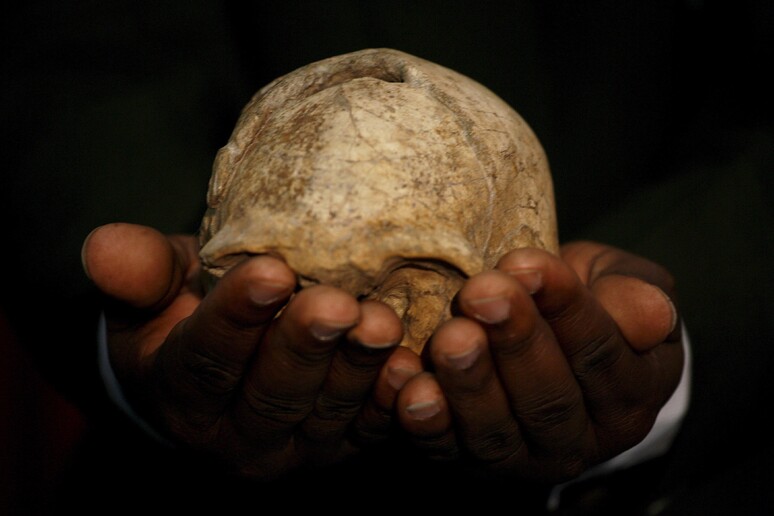Italian and Eritrean researchers on
Wednesday found the first footprints of 'homo erectus', a key
predecessor of modern man.
The footprints, left 800,000 years ago in the sand of a
lake that is now part of an Eritrean desert, were found by
palaeontologists from Rome's La Sapienza University and the
National Museum of Eritrea, at the Aalad-Amo site in the east of
the country.
Dig coordinator Alfredo Coppa said the footprints would
likely say a lot about a key species in the history of human
evolution.
The footprints are very similar to those of modern man and
could provide important information about our ancestors' foot
anatomy and locomotion: they show details of the toes and the
sole of the foot that made them efficient at walking and
running.
The footprints are aligned in a north-south direction the
same as hoof prints left by extinct antelopes and are preserved
in a sediment of hardened sand, probably exposed to flooding.
This suggests that the area was a lake surrounded by
savannah.
The discovery is the first time that footprints from the
mid-Pleistocene era have been found, a very important period of
transition in human evolution, in which human species with
larger brains and more modern bodies than homo erectus
developed.
ALL RIGHTS RESERVED © Copyright ANSA











